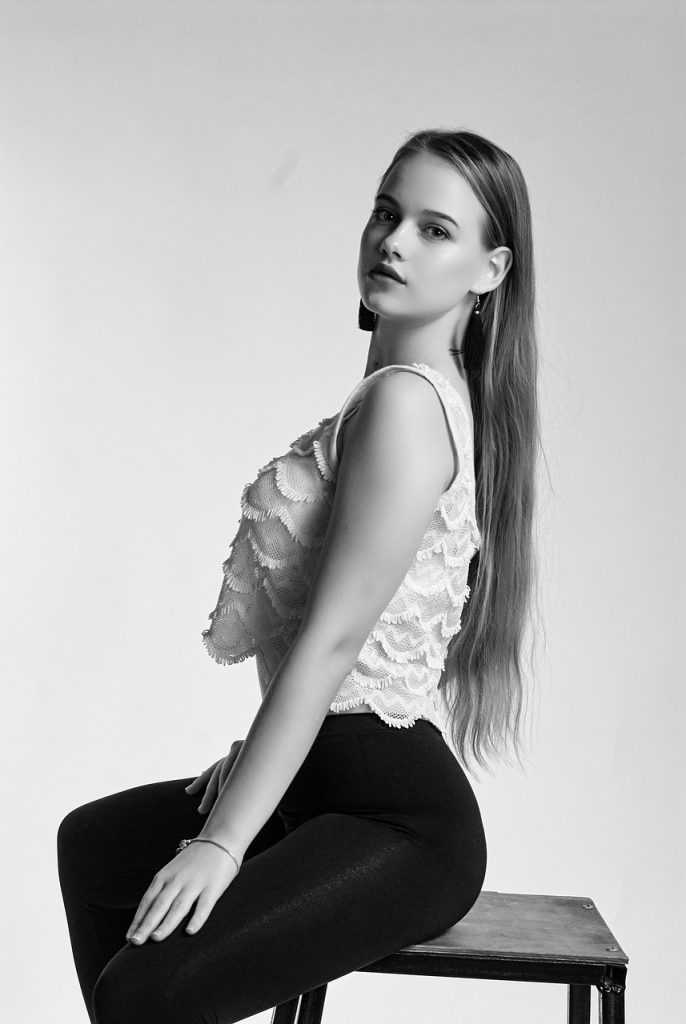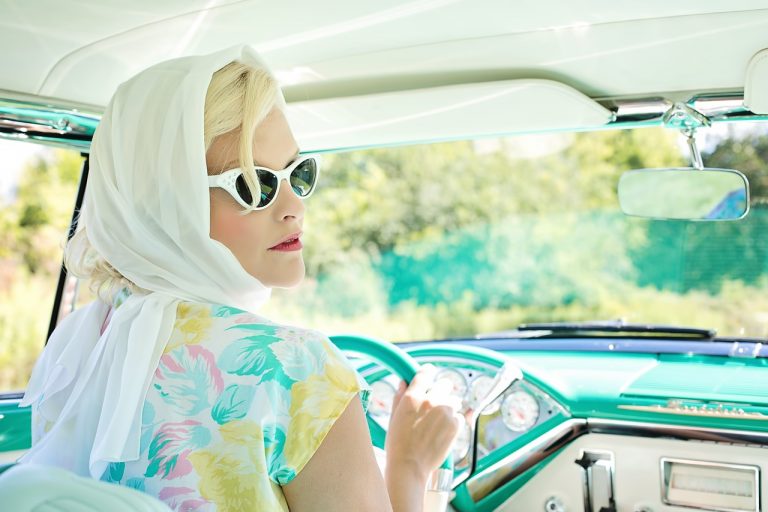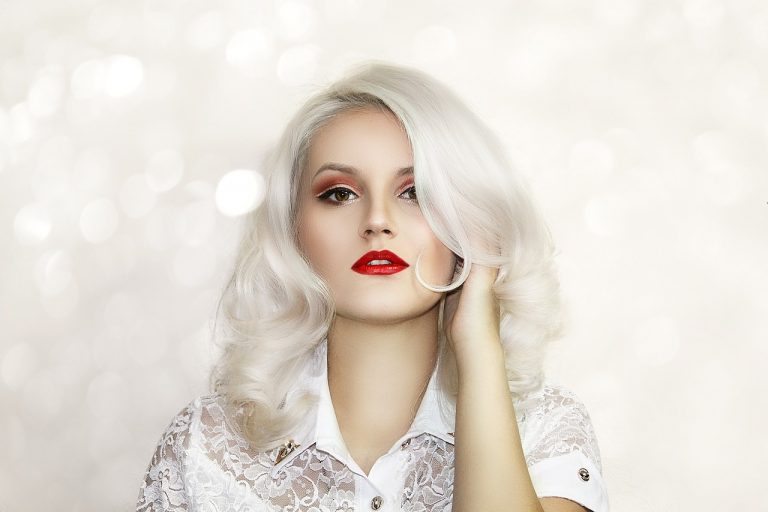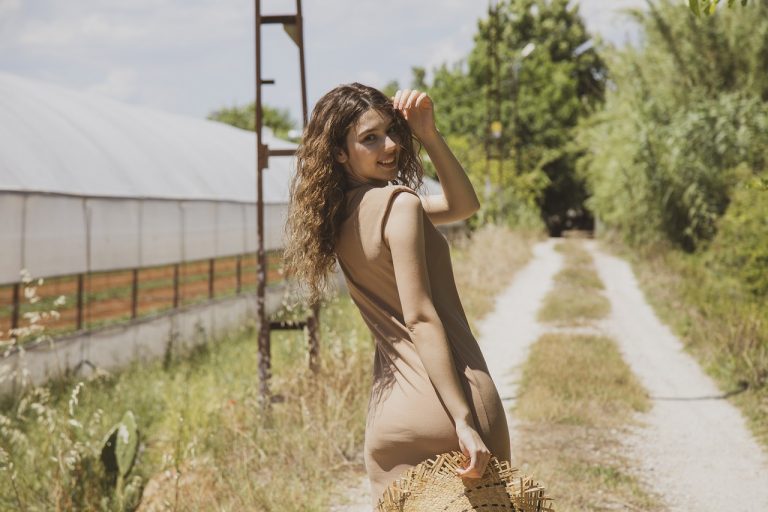In today’s globalized world, the boundaries between cultures are becoming increasingly blurred, and nowhere is this more evident than in the world of fashion. Fashion fusion, the art of blending diverse cultural elements into one cohesive style, has emerged as a powerful trend in women’s fashion. From runways to streets, the influence of different cultures can be seen in clothing, accessories, and even beauty trends. Let’s delve deeper into this fascinating phenomenon.
Historical Context
Fashion fusion is not a new concept. Throughout history, cultures have interacted and exchanged ideas, resulting in the cross-pollination of fashion styles. For example, the Silk Road facilitated the exchange of fabrics, designs, and techniques between East and West, leading to the creation of unique garments that combined elements of different cultures. Similarly, colonialism and trade routes played a significant role in spreading fashion influences across continents.
Cultural Influences
Today, fashion designers draw inspiration from a myriad of cultures, resulting in eclectic collections that celebrate diversity. From the vibrant colors of African textiles to the intricate embroidery of Indian saris, cultural elements are woven into the fabric of modern fashion. Iconic pieces such as the kimono, the kaftan, and the cheongsam have transcended their cultural origins to become timeless classics embraced by women around the world.

Modern Trends
Contemporary fashion is characterized by its fluidity and inclusivity. Designers are increasingly incorporating elements of cultural heritage into their creations, resulting in collections that reflect the rich tapestry of global cultures. From streetwear brands collaborating with indigenous artists to luxury fashion houses showcasing traditional craftsmanship, fashion fusion has become a driving force in shaping the industry’s aesthetic.
Impact and Controversy
While fashion fusion celebrates cultural diversity, it is not without its controversies. Critics argue that some designers appropriate elements of marginalized cultures without proper attribution or respect, leading to accusations of cultural insensitivity. It’s essential for fashion brands to approach cultural influences with sensitivity and integrity, acknowledging the origins of their inspiration and collaborating with communities to ensure fair representation.
Celebrity Influence
Celebrities play a significant role in popularizing fashion fusion, often serving as trendsetters and style icons. From Rihanna’s collaboration with traditional Chinese couturier Guo Pei to Beyoncé’s incorporation of African-inspired prints in her Ivy Park collection, celebrities have the power to amplify cultural influences and promote diversity in fashion.
Ethical Considerations
In an era of fast fashion and mass production, ethical considerations are more important than ever. Consumers are increasingly demanding transparency and accountability from fashion brands, urging them to prioritize ethical sourcing and fair labor practices. By supporting brands that value cultural authenticity and sustainability, consumers can contribute to positive change in the fashion industry.

Fashion Fusion in Everyday Life
Incorporating elements of fashion fusion into everyday outfits is a fun and creative way to celebrate cultural diversity. Whether it’s pairing a kimono-style jacket with jeans or accessorizing with statement jewelry inspired by indigenous art, there are countless ways to embrace cultural influences in personal style. By mixing and matching pieces from different cultures, individuals can express their unique identity and appreciation for global heritage.
Future Outlook
As the world becomes increasingly interconnected, the future of fashion fusion looks promising. With advances in technology and communication, designers have unprecedented access to global inspiration, allowing them to create truly innovative and inclusive collections. However, it’s essential for the fashion industry to address issues of cultural appropriation and inequality, ensuring that fashion fusion is respectful and empowering for all communities involved.
Conclusion
Fashion fusion represents more than just a trend; it’s a celebration of cultural diversity and creativity. By embracing elements of different cultures in fashion, we not only enrich our personal style but also foster greater understanding and appreciation for the world around us. As we look to the future, let’s continue to celebrate cultural exchange and collaboration, creating a fashion landscape that is truly inclusive and inspiring for all.
FAQs
1. What is fashion fusion? Fashion fusion is the blending of diverse cultural elements into one cohesive style, often seen in clothing, accessories, and beauty trends.
2. How can I incorporate fashion fusion into my wardrobe? You can incorporate fashion fusion into your wardrobe by mixing and matching pieces from different cultures, experimenting with colors and patterns, and supporting brands that value cultural authenticity.
3. Is fashion fusion culturally appropriate? Fashion fusion can be culturally appropriate when done with respect and integrity, acknowledging the origins of inspiration and collaborating with communities to ensure fair representation.
4. Are there any ethical considerations associated with fashion fusion? Yes, ethical considerations include sourcing materials responsibly, supporting fair labor practices, and avoiding cultural appropriation or exploitation.
5. What is the future of fashion fusion? The future of fashion fusion looks promising, with advancements in technology and communication enabling designers to create innovative and inclusive collections. However, it’s essential to address issues of cultural appropriation and inequality to ensure a more ethical and sustainable fashion industry.











+ There are no comments
Add yours